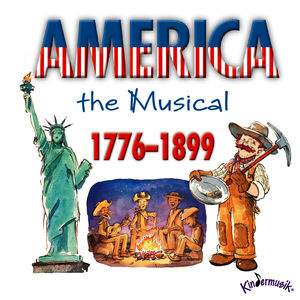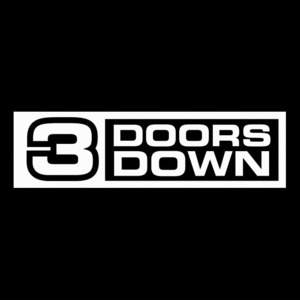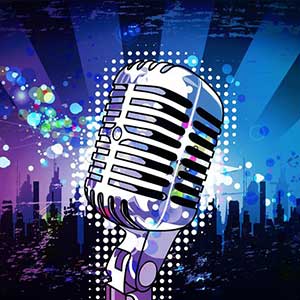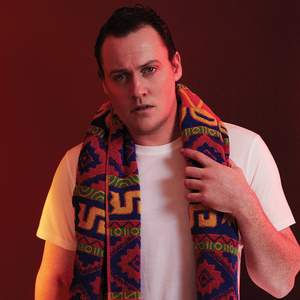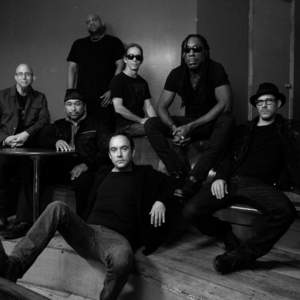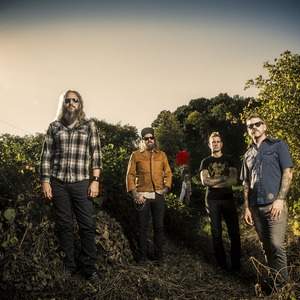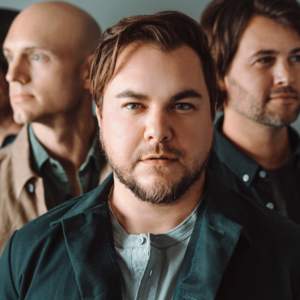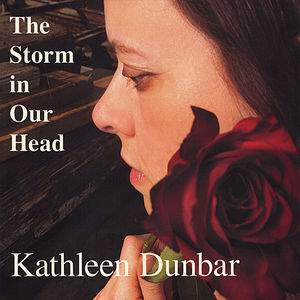Con Brio Tour 2026
November 26, 2025 -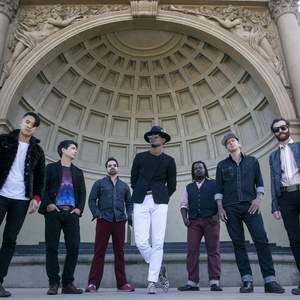
The tickets for Con Brio concerts are already available.
The biggest music event won’t pass you by and you will be able to savor it at the fullest! Here you can purchase the tickets for all your favorite shows. Take the front row seat and enjoy the perfection of sound.
Everybody’s favorite band is already causing a lot of ruckus and sparking interest from lovers of quality music. The evidence for that is very clear. After all, a music event of such proportions cannot be missed. Thousands of people are coming to huge concert halls and arenas just to see their favorite performer and listen to memorable hits. Thousands of people will be gathering around just to witness a star performing on stage.
We are confident that here you will find the best tickets for a complete experience. You can also choose tickets based on your seat preferences. You can actually choose your ticket based on seat preference. Affordable tickets are always sold out quickly, so just make a note in your calendar and contact us as soon as the tickets become available.
You can’t really find anything similar to a live performance anywhere else. Even the best headphones or the largest TV screen doesn’t compare to the feeling of excitement and emotion at a concert while being surrounded by thousands of people who share the same passion. This has to be experienced at least once and then you will understand why events like these happen everywhere. Simply check the concert’s details and see whether that’s exactly what you have been looking for.
When your favorite band arrives in your hometown, we will make sure to provide you with the best offers. Getting your tickets in advance is always cheaper and more convenient and with us you will get your tickets for the Con Brio 2025 tour very quickly!
Con Brio Tickets 2026
Con Brio VIP Packages 2026


About Con Brio
Music notation or musical notation is any system used to visually represent aurally perceived music played with instruments or sung by the human voice through the use of written, printed, or otherwise-produced symbols, including notation for durations of absence of sound such as rests.
Types and methods of notation have varied between cultures and throughout history, and much information about ancient music notation is fragmentary. Even in the same time period, such as in the 2010s, different styles of music and different cultures use different music notation methods; for example, for professional classical music performers, sheet music using staves and noteheads is the most common way of notating music, but for professional country music session musicians, the Nashville Number System is the main method.
The symbols used include ancient symbols and modern symbols made upon any media such as symbols cut into stone, made in clay tablets, made using a pen on papyrus or parchment or manuscript paper; printed using a printing press (c. 1400s), a computer printer (c. 1980s) or other printing or modern copying technology.
Although many ancient cultures used symbols to represent melodies and rhythms, none of them were particularly comprehensive, and this has limited today's understanding of their music. The seeds of what would eventually become modern western notation were sown in medieval Europe, starting with the Catholic Church's goal for ecclesiastical uniformity. The church began notating plainchant melodies so that the same chants could be used throughout the church. Music notation developed further in the Renaissance and Baroque music eras. In the classical period (1750–1820) and the Romantic music era (1820–1900), notation continued to develop as new musical instrument technologies were developed. In the contemporary classical music of the 20th and 21st century, music notation has continued to develop, with the introduction of graphical notation by some modern composers and the use, since the 1980s, of computer-based score writer programs for notating music. Music notation has been adapted to many kinds of music, including classical music, popular music, and traditional music.



